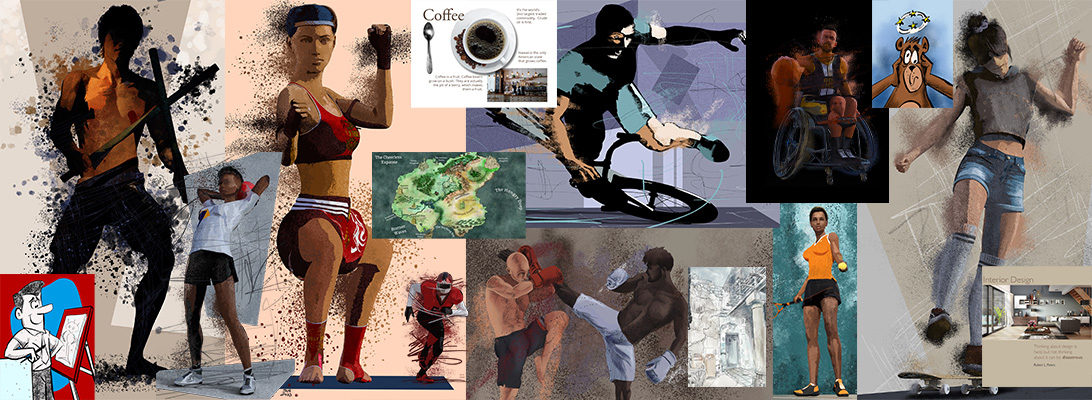I do not design for myself. I try not to fall into the trap of personal bias. You will not hear me say I like a color or a specific type of font. I want to take away my perceptions in my design decisions. Personal bias can play a role in the UX design process. I want to remove that obstacle.
Your goal as a UX Designer is to meet the needs of as many people as possible. I make my decisions based on data and known and proven conventions as much as possible.
I do not design based on my skills and abilities. I try not to fall into the trap of ability bias. As a UX Designer, I cannot assume the user’s capabilities. I must ensure I accept users with different cognitive, physical, or visual abilities.
I start my design process by seeing the screen not only as someone who uses the mouse but also as a user who uses keyboard navigation and a user who uses the keyboard and screenreader software.
How would I design this web component if I sprained my wrist (temporary disability)? Or if I was outside in the bright sun (situational disability), would I be able to access the information I needed on my mobile phone? Can I make sense of my design if my eyesight was 20/80 compared to 20/20?
I look to expand the tent. I want as many users as possible to use the designs I create. I look to enable people of all skills, abilities, and limitations to have the best experience possible. Suppose I design for someone who has poor eyesight. Everyone wins. The poorer the vision, the more that person will benefit. Even people with good eyesight will be a winner, but not as much.
Being an inclusive designer means I am constantly learning and will only sometimes get it right. I will make mistakes. This is a learning process, and I am updating designs and knowledge as I go forward.
